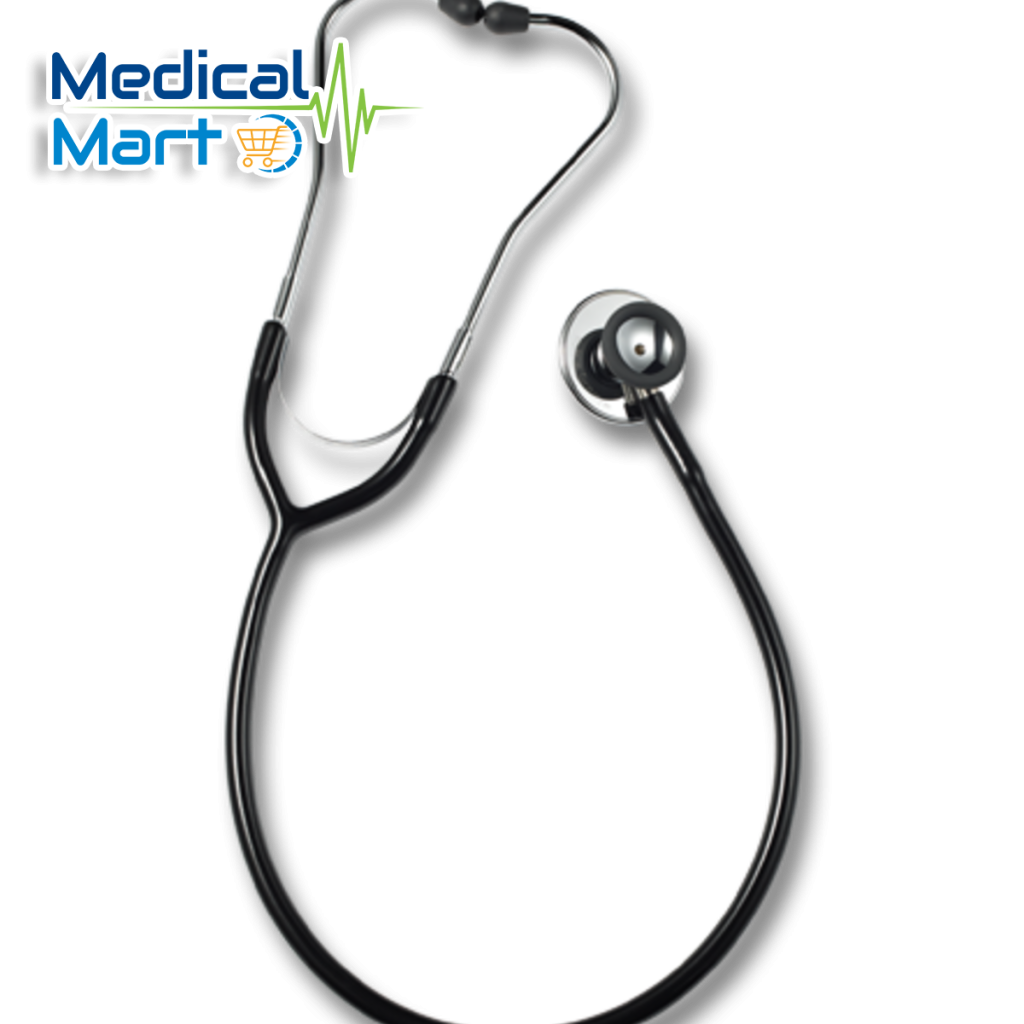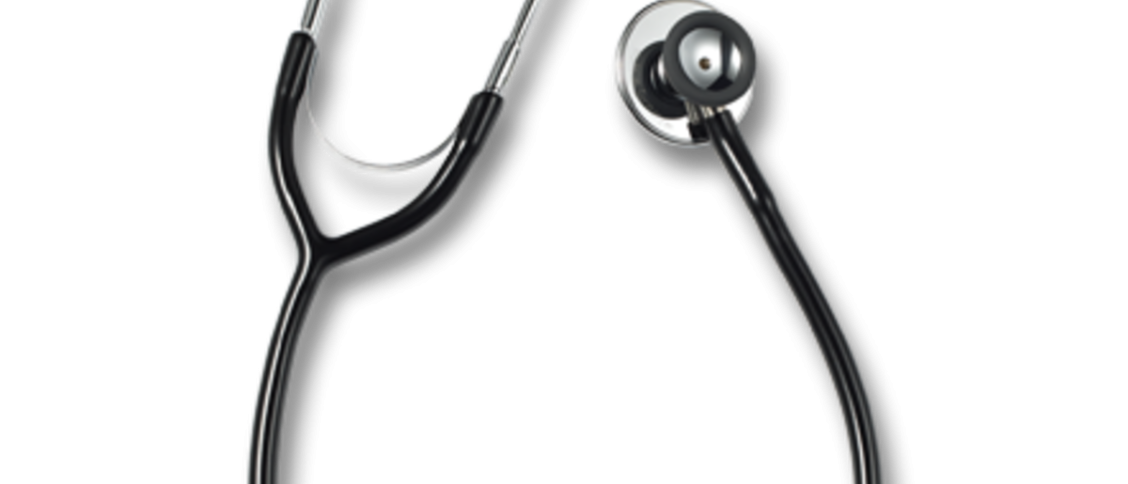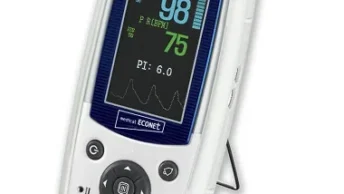A stethoscope is a medical instrument used by healthcare professionals, such as doctors, nurses, and respiratory therapists, to listen to sounds within the human body. It consists of a long, flexible tube attached to a chest piece with one or two earpieces. The chest piece typically has a diaphragm on one side and a bell on the other, allowing healthcare providers to listen to different types of sounds.

Stethoscopes are primarily used to:
Listen to Heart Sounds: Healthcare professionals use stethoscopes to listen to the sounds of the heart, including the heartbeat (lub-dub) and any abnormal sounds like murmurs, clicks, or irregular rhythms. This helps in diagnosing various heart conditions.
Listen to Lung Sounds: Stethoscopes are also used to auscultate lung sounds, which can help detect conditions like pneumonia, asthma, bronchitis, or the presence of fluid in the lungs.
Assess Bowel Sounds: Doctors may use a stethoscope to listen to the sounds of the digestive system to assess the normal or abnormal functioning of the gastrointestinal tract.
Monitor Blood Flow: In some cases, stethoscopes can be used to assess blood flow in arteries and veins, particularly in vascular medicine.
Assess Other Body Sounds: Stethoscopes can be used to listen to other body sounds, such as sounds produced by the circulatory system (e.g., blood pressure), the musculoskeletal system (e.g., joint sounds), or within the abdomen.
Stethoscopes are essential tools for healthcare providers as they allow them to gather important diagnostic information by listening to internal body sounds. They are a symbol of the medical profession and have been in use for centuries, evolving from simple wooden tubes to the modern design we are familiar with today.







